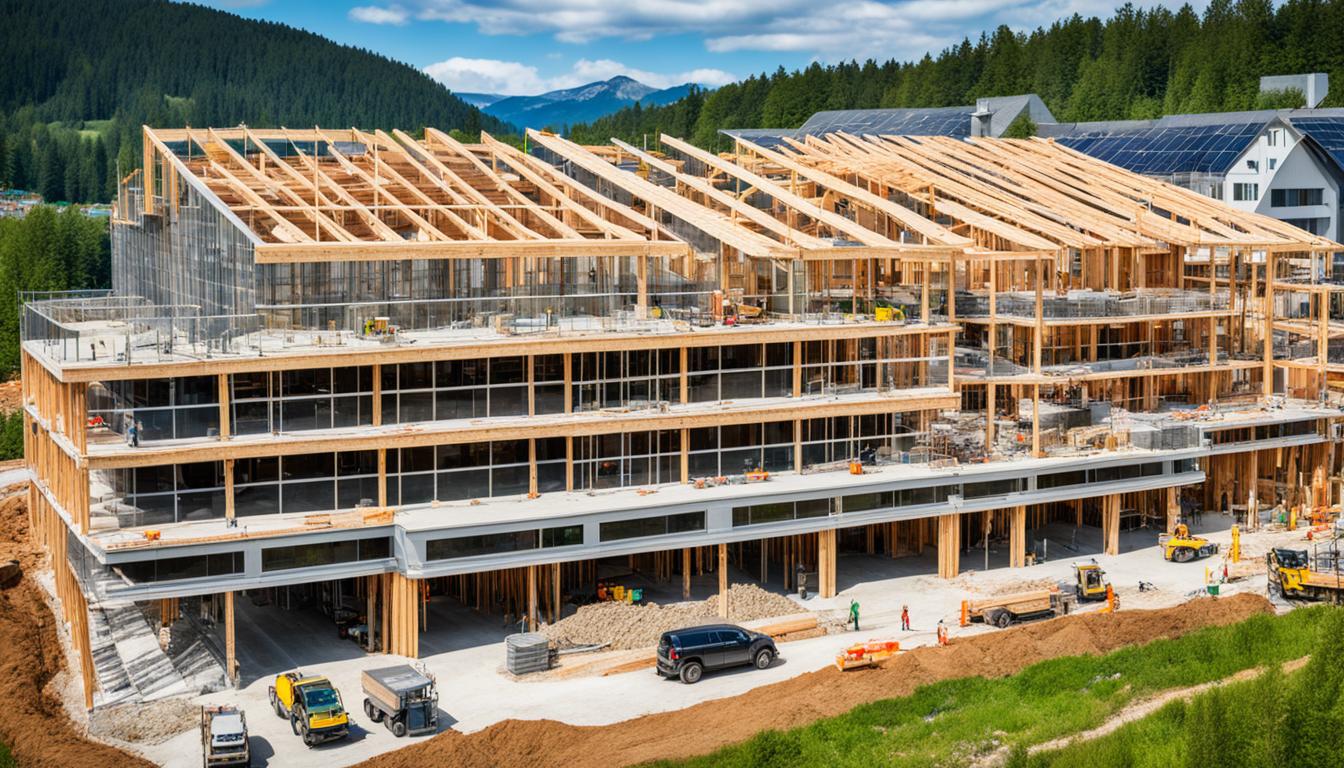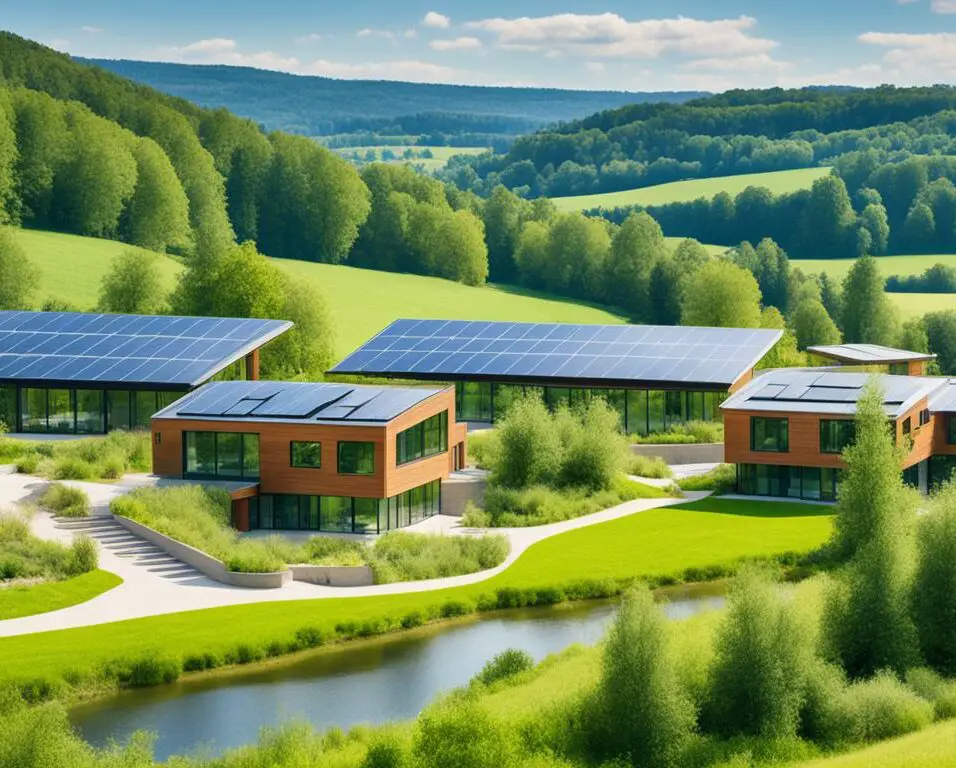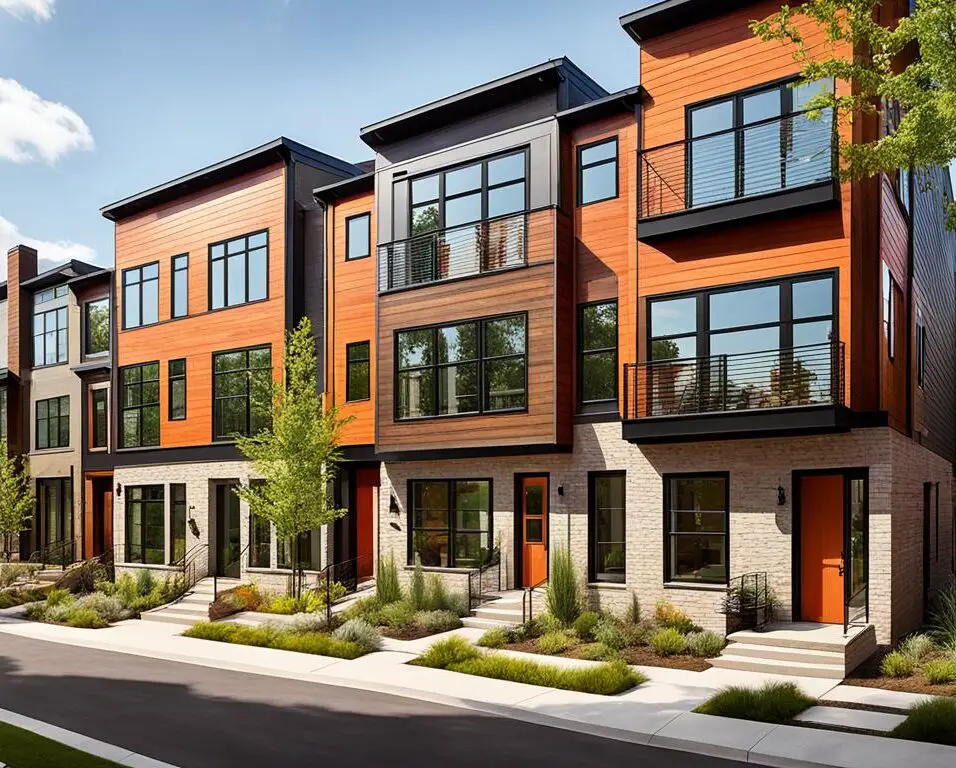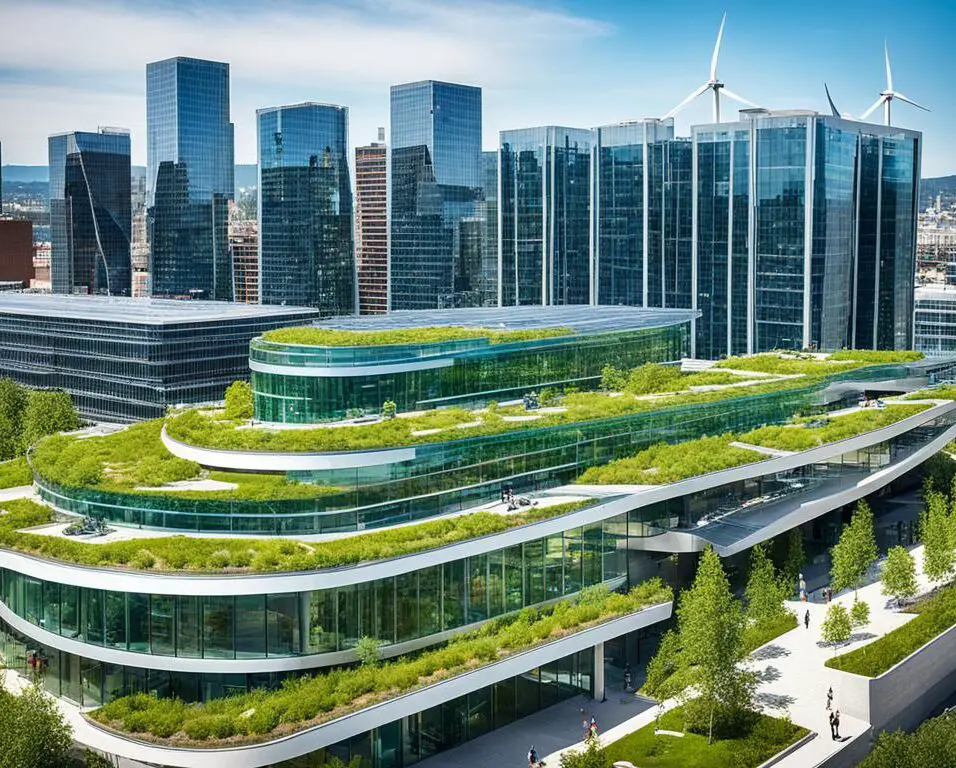Why Green Building Materials Are the Future of Construction
I firmly believe that green building materials are the future of construction. With the increasing focus on sustainable development and eco-friendly practices, the adoption of green building materials has gained tremendous momentum in the construction industry. These materials are specifically designed to minimize their impact on human health and the environment, making them an essential component of sustainable construction.
Green building materials offer a range of benefits that align with the principles of sustainable construction. They are formulated to reduce pollution, waste, and energy consumption, contributing to a greener and healthier environment. The demand for these materials is driven by stricter government regulations, incentives for eco-friendly practices, and the growing awareness among consumers about climate change and environmental sustainability.
Companies are investing heavily in research and development to introduce innovative solutions and enhance the performance of green building materials. This constant innovation has led to the development of materials with improved durability, energy efficiency, and reduced environmental impact. By embracing these materials, the construction industry not only promotes environmental sustainability but also unlocks economic advantages such as lower operating costs and increased property values.
Key Takeaways:
- Green building materials contribute to sustainable development and eco-friendly building practices.
- They are designed to minimize pollution, waste, and energy consumption.
- The demand for green building materials is driven by government regulations and increasing consumer awareness.
- Investment in research and development has led to the introduction of innovative and high-performance materials.
- Using green building materials offers economic benefits such as lower operating costs and increased property values.
The Growing Market for Green Building Materials
The global green building materials market is experiencing significant growth and is expected to continue to expand in the coming years. According to a recent report by 360iResearch, the market is projected to reach a value of USD 677.29 billion by 2030, with a compound annual growth rate (CAGR) of 10.84% from 2023 to 2030.
The market for green building materials is segmented based on types, applications, and end-uses. Some of the types of green building materials include ecological building materials, healthy building materials, high-performance building materials, and renewable building materials. These materials offer eco-friendly alternatives to traditional construction materials, providing increased energy efficiency, reduced waste, and improved indoor air quality.
Applications of green building materials extend to various areas of construction, ranging from exterior applications such as green roofs and solar panels, to interior applications such as energy-efficient lighting and low VOC (volatile organic compound) paints. Additionally, these materials can be used for structural purposes, including the construction of sustainable and resilient building frameworks.
The green building materials market is further categorized into commercial and residential end-uses. The demand for green materials is driven by the increasing adoption of sustainable construction practices in both commercial and residential building projects. Government regulations promoting energy efficiency and environmental sustainability, along with the growing awareness and preferences of consumers for eco-friendly construction, are contributing factors to the market’s growth.
Regional growth in the green building materials market is also notable, with key regions driving the expansion. The Americas, Europe, Middle East & Africa, and Asia-Pacific regions are experiencing differing market trends and opportunities. This regional diversity emphasizes the global nature of the market and the need for localized strategies to cater to specific regional demands and preferences.
Market Segmentation
Table: Green Building Materials Market Segmentation
| Type | Application | End-Use |
|---|---|---|
| Ecological Building Materials | Exterior & Interior | Commercial & Residential |
| Healthy Building Materials | Exterior & Interior | Commercial & Residential |
| High-Performance Building Materials | Exterior & Interior | Commercial & Residential |
| Renewable Building Materials | Exterior & Structural | Commercial & Residential |
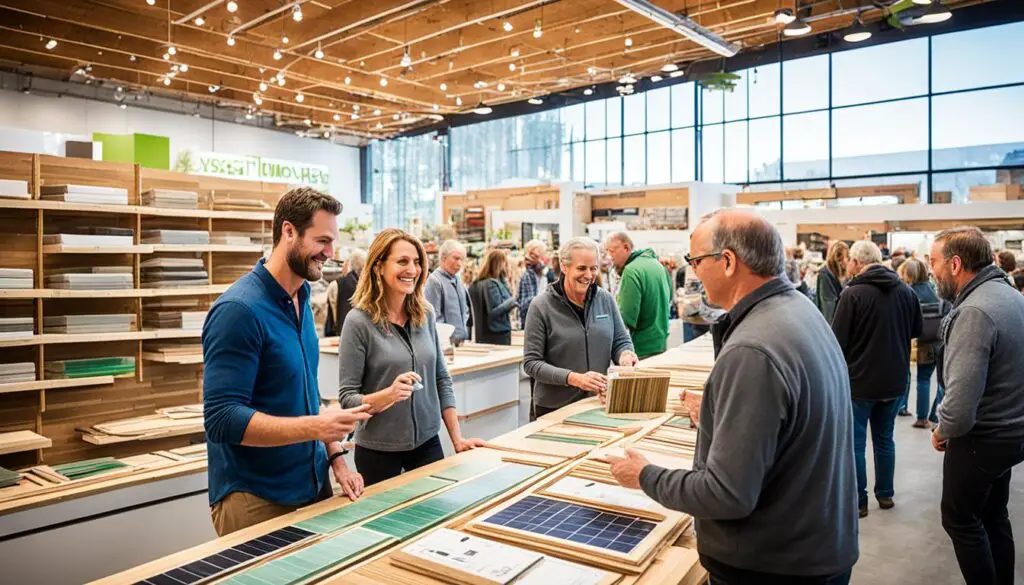
The market for green building materials is continuously evolving, with ongoing research and development efforts aimed at introducing innovative solutions and improving the performance of these materials. As the construction industry increasingly embraces sustainable practices, the demand for green building materials is expected to grow, offering economic, environmental, and societal benefits.
Conclusion
Green building materials are paving the way for a sustainable future in the construction industry. By choosing eco-friendly alternatives, we can reduce our environmental impact and contribute towards a greener and healthier world. The increasing demand for green building materials is driven by stricter government regulations, incentives for sustainable practices, and a growing awareness of the effects of climate change.
One of the significant advantages of green building materials is their ability to reduce energy consumption. By using materials that are designed to be energy-efficient, we can lower the carbon footprint of buildings and decrease the reliance on non-renewable energy sources. Additionally, these materials often lead to lower operating costs in the long run, as they require less maintenance and result in energy savings.
Another benefit of green building materials is their positive impact on indoor air quality. Traditional construction materials can emit harmful pollutants into the air, which can have adverse effects on human health. Green building materials, on the other hand, are designed to minimize or eliminate these pollutants, creating a healthier living and working environment for occupants.
The future outlook for green building materials is promising. Ongoing research and development efforts are focused on improving the performance and durability of these materials while reducing their costs. Advancements in technology will continue to drive innovation in the industry, making green building materials more accessible and affordable for construction projects of all sizes.
By incorporating green building materials into our construction practices, we can create a more sustainable and eco-friendly built environment for future generations. The benefits of these materials, including reduced energy consumption, lower operating costs, improved indoor air quality, and increased property values, make them a smart choice for both the present and the future of construction.



